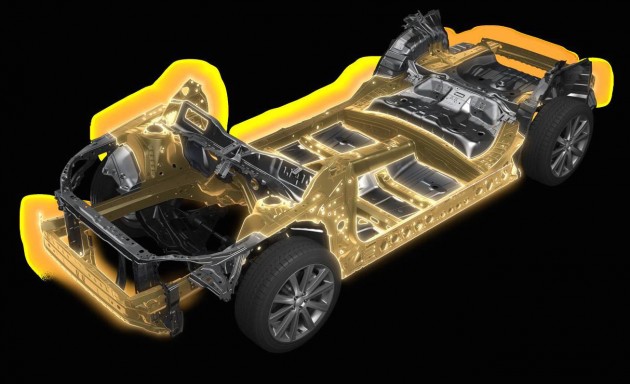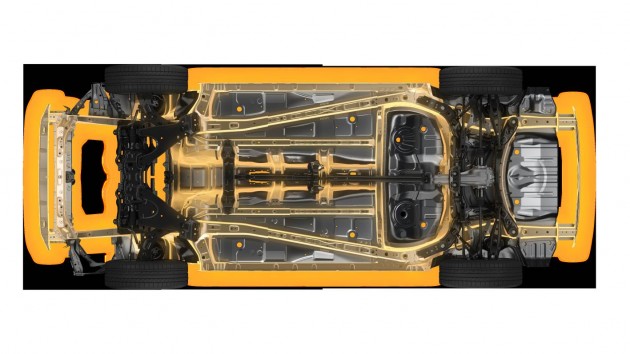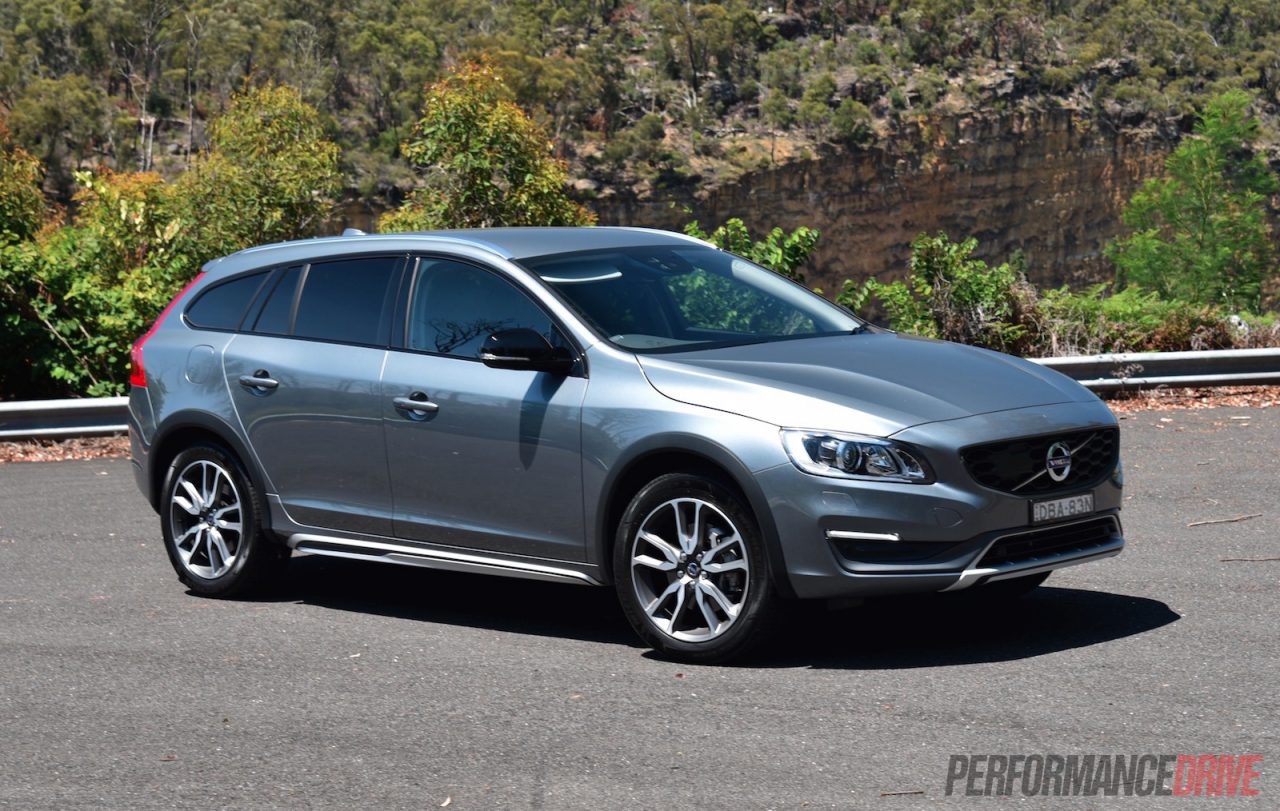Subaru has unveiled its all-new Global Platform that will underpin all of its future generation models, starting with the brand new Impreza later this year.
The platform was developed under the company’s mid-term strategy called “Prominence 2020”, kicked off in 2014. It’s designed with the future in mind, taking Subaru on its biggest “performance evolution” in its history.
Specific highlights haven’t been outlined but Subaru mentions a lot of encouraging words and phrases, such as focusing on an “emotionally engaging dynamic feel”, and offering “unparalleled smoothness and comfort”.
The platform will showcase an immensely rigid construction, with the body and chassis some 70-100 per cent stiffer than the current layouts. There’s also big changes to the suspension system with a lower centre of gravity, improved steering response, and the elimination of “unnecessary movement in handling”.
Passive safety will also improve thanks to more efficient, energy-absorbing areas, with the increase in body rigidity and more high-tensile steel adding to its overall toughness. Subaru says impact absorption in critical areas has improved by 40 per cent compared with current layouts.
Not only is the new platform promising to be stronger and safer, while supporting a better driving feel, the layout will be modular and capable of adapting to various models and powertrain types. Subaru confirms the layout will not only adopt petrol engines, but also hybrid and fully electric setups, as well as “other types of alternative power units”.
The Subaru Global Platform will kick off underpinning the next-gen Impreza which was previewed last year in concept form. It will hit the market in 2016. In a statement, Subaru said:
“The new platform will offer a single unified design concept for all Subaru models. Planning the main specifications of all vehicle types at one time and flexibly adjusting these basic specifications to match the requirements of different models will strengthen the entire Subaru line-up, while still allowing the company to develop models that take advantage of each model’s strengths.”



